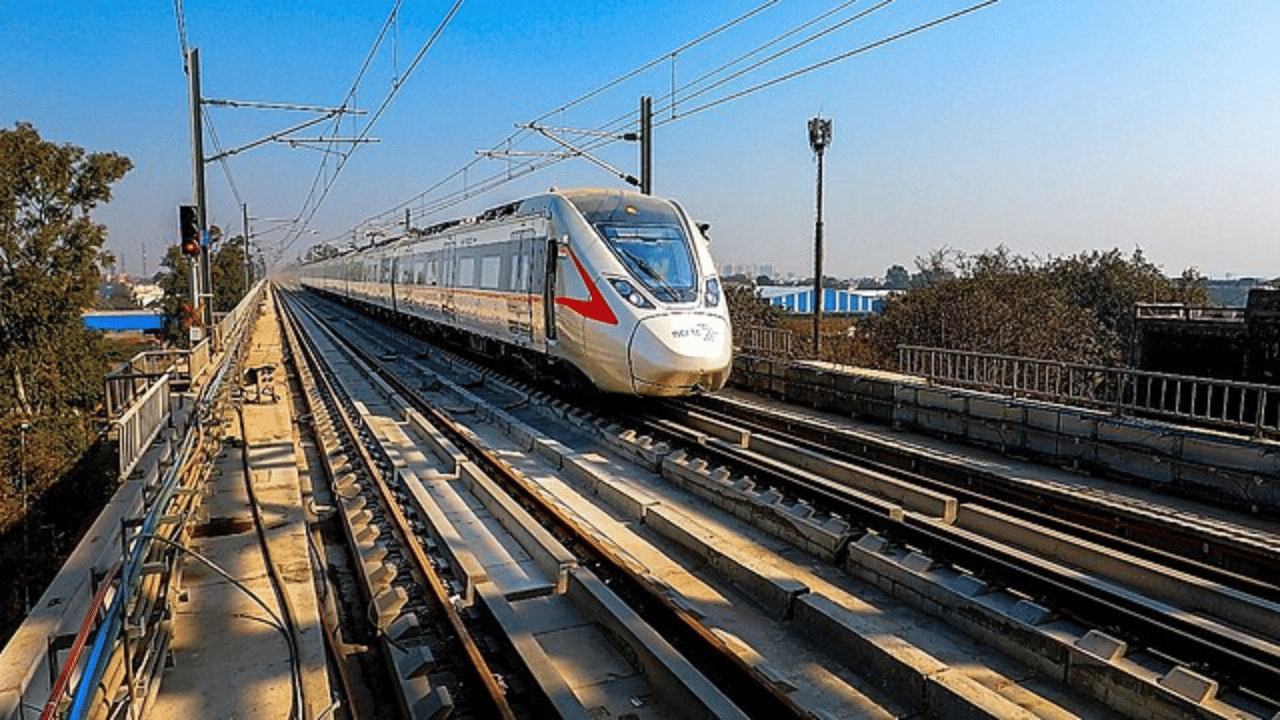New Delhi: Karnataka and several other states have requested the National Capital Region Transport Corporation (NCRTC) to study extensively for the new semi-high-speed Namo Bharat corridors.
The Namo Bharat corridors, which aims to expand intercity connectivity all throughout the country, is a crucial step of the government and the states are looking to expand the reach of India’s first regional rapid transit system.
What has Karnataka requested of NCRTC?
According to news agency PTI, the Karnataka government has asked the NCRTC to develop four semi‑high speed Namo Bharat routes from Bengaluru. The routes which have been proposed are Bengaluru–Mysuru (145 km), Bengaluru–Hosur–Krishnagiri–Dharmapuri (138 km), which extends into Tamil Nadu, Bengaluru–Hoskote–Kolar (65 km), and Bengaluru–Tumakuru (60 km).
Uttar Pradesh eager to ride on Namo Bharat wave
The Uttar Pradesh government has given in-principle nod for the NCRTC to prepare the detailed project report (DPR) and alternative analysis for a proposed high-speed corridor between Lucknow and Kanpur, which will be 70 km long. After it is completed and the corridor becomes operational, it will likely reduce travel time from 90 minutes to about 50 minutes.
As per the PTI report, Puneet Vats, Chief PRO of NCRTC, said, “The Uttar Pradesh government has granted in-principle approval to the NCRTC for the preparation of an alternative analysis report and detailed project report for the proposed Namo Bharat Corridor between Lucknow and Kanpur.”
How will Namo Bharat benefit India?
Namo Bharat corridors aim to modernize intercity travel in India, as it has done between Delhi, Ghaziabad, and Meerut. The Delhi–Meerut line is 82 km long and its 55-km stretch is operational since October 2023 and has served over 10 million commuters to date.
The corridor allows speeds up to 160 km/h, and it has been shown that problems of road congestion can be mitigated by high-speed regional rail. Also, it supports sustainable economic growth. The NCRTC is also planning on the Delhi–Gurugram–Shahjahanpur–Neemrana–Behror–Alwar corridor. Once it becomes operational, public transport usage on the route will increase from 37 per cent to 63 per cent, and more than one lakh private vehicles will be removed from roads each day.
